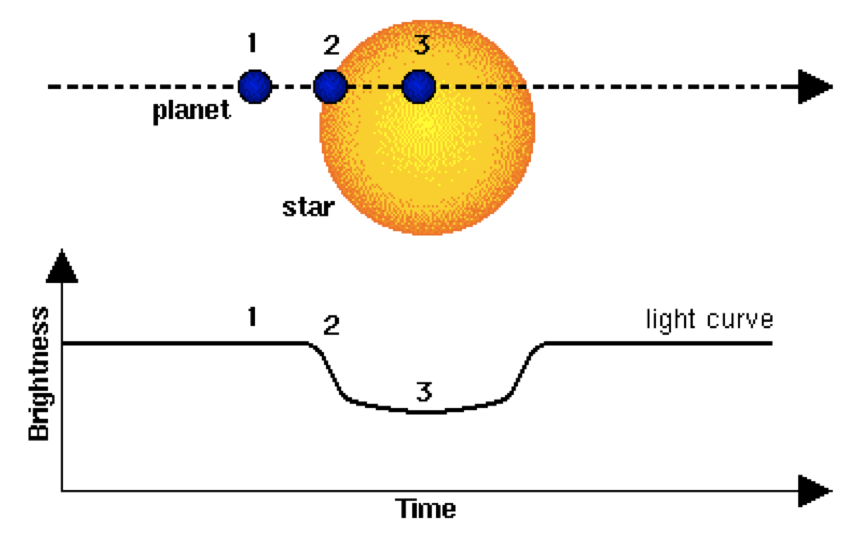Warwick Astronomy PhD Projects
Exoplanetary Systems, architectures, exomoons and Space Missions!
The study of Exoplanets is one of the most dynamic and exciting areas of modern astronomy. Since the first discovery in 1995 of a planet around a normal, sun-like, star, more than 800 planets have been discovered. So far most planets have been discovered through the reflex motion they induce in their host star (as they orbit their common centre of mass), and while this technique gives orbital periods, without the orbital inclination almost nothing is learned about the planet itself. Transiting planets are those that pass between us and their host star and in the process diminish the light of their host star a tiny amount. The depth of the transit tells us to deduce fractional size of the planet relative to its host star but the very occurrence of the transit tells us that the orbital plane of the planet is perpendicular to the sky and hence we can solve Kepler's equations of motion that describe the stellar reflex motion and obtain the mass of the planet itself. Given the size and mass of the planet we can determine its density which is the vital quantity needed to understand the nature of a planet and compare to models of planet formation and evolution.

Credit: Hans Deeg
We at Warwick exploit the SuperWASP experiments on La Palma (which we also manage) and South Africa. This is the one of the most successful ground based transit surveys and is responsible for some of the most interesting, large, exoplanets known. One of the discoveries reinforced by SuperWASP planets is the unexpected diversity amongst gas giant planets. Our theory still does not adequately explained why planet's with a mass similar to Jupiter can be anything up to twice Jupiter in diameter. The Next Generation Transit Survey (NGTS) is the natural successor to SuperWASP and is currently under construction at Paranal, Chile. NGTS is designed to make routine detection of Neptune-sized and SuperEarth rocky planets around bright stars. This latter point is most important - follow-up experiments (eg atmospheric analysis) and even confirmation observations are photon limited observations and the brightest objects are needed for individual study.
Circumbinary planets are fascinating objects. They tell us about the state of the stellar disc at the time the binary (or indeed multiple star) system formed and they can be discovered (at least in theory) using any of the transit experiments currently commissioned. We have used Kepler data and developed various tools to reveal third bodies in binary systems. One of the remarkable observations from Kepler is just how flat the orbital planes of multiple-planets and circumbinary planets are.
We are also leading the detection of small planets from the SuperWASP and NGTS facilities. For SuperWASP we have upgraded the cameras and modified the observation strategy to help make small planets detectable. This is very exciting as we have started to see indications that the diversity so prominent for gas-giants is a factor for smaller planets. This work is state of the art and on-going but seems to indicate that some planets have extremely extended atmospheres. Small rocky planets are also detectable through spectroscopy and the Kepler HARPS-N and HARPS-S rocky planet surveys are designed to detect these ubiquitous objects.
Exo-moons. Theorists get very excite when you mention these. We are evaluating new ways to detect these objects - more soon!
Finally, we are reaching the limits of what is achievable from the ground. Indeed, rocky planets in the habitable zones of solar type stars are only detectable from space. We are involved in three dedicated missions looking to study exoplanets from space: ESA's CHEOPS - small transiting planets around bright stars, launch 2017, NASA's FINESSE studying exoplanet atmospheres - to be launched in 2017 if selected), ESA's PLATO HZ planets around nearby solar and late type stars - to be launched in 2024 if selected.
Over the next few years we are likely to pursue the small planet and circumbinary planet programmes as these are the most timely.
